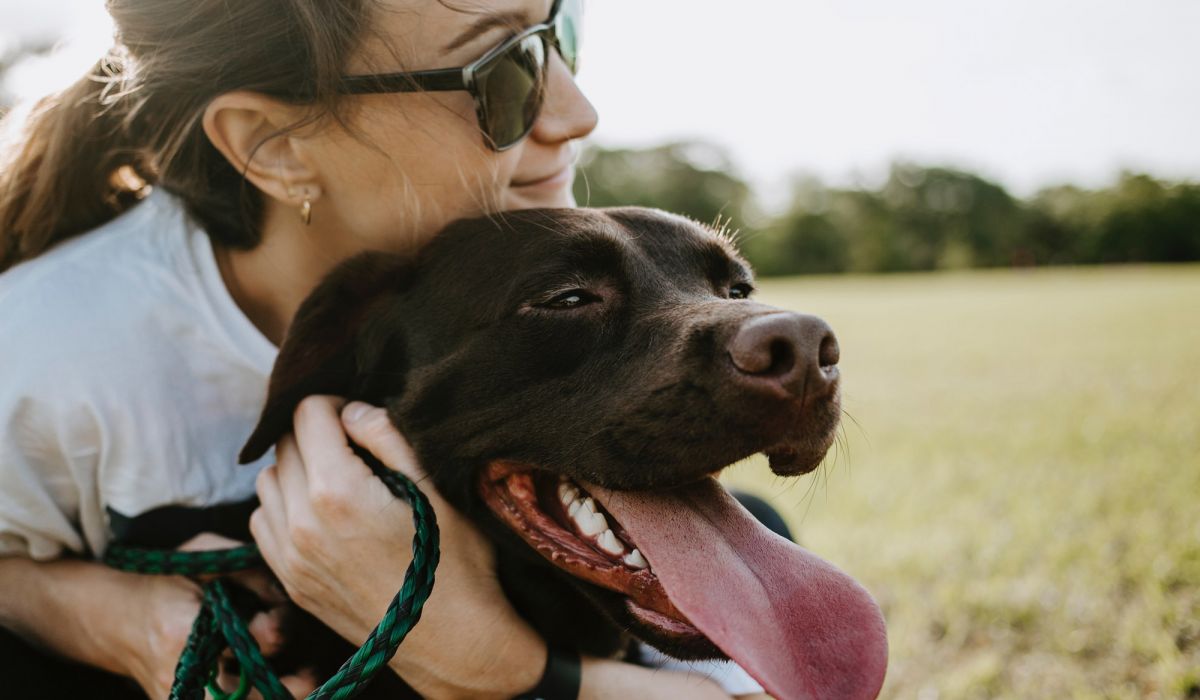
How to Have a Stress-Free Visit to the Vet
Visiting your veterinarian doesn’t have to be, and shouldn’t be, a frustrating, tug-of-war experience. By taking proactive measures, you can minimize your, and your pet’s frustration with this new experience.
It’s a good idea to start familiarizing your pet with being handled at an early age, similar to what the visit to your veterinarian would be like. Begin by frequently touching paws, toes and especially ears. Run your hands over your pet’s body and gently press the abdomen. Open your pet’s mouth and rub their gums. Take a look inside their ears and mouth as a practice mini-exam. Be sure to reinforce their cooperation with plenty of affection—and healthy treats.
For cats and small dogs, make the pet carrier inviting and comfortable. Add a small blanket or towel and a few favorite toys. To avoid the “panic by association” trap, leave the carrier out from time to time to help your pet understand that going in the carrier is not a punishment.
Prior to a visit to the veterinarian, take your pet on short car rides or errands. This will go a long way to preventing a “car equals visit to the vet” association. Try to remain calm and stress free when preparing for your visit. Pets pick up on our behavior, and when we are nervous or agitated, they often become agitated as well.
When the big day arrives be sure to keep your pet on a leash or in the carrier while in the waiting room to prevent socializing with other animals who may be sick, contagious or aggressive. The exam room will be a strange place with strange smells—and new people. Affection, praise and a soothing voice will help your pet remain calm.
Positive experiences are always important, especially during your pet’s first visit to the veterinary clinic. When puppies are fearful during an initial visit, they are often more likely to be fearful as adult dogs.
Finally, keep in mind that the more information you can provide your veterinarian with regarding your pet and your pet’s health, the shorter your visit will be–and could prevent unnecessary and possibly anxiety-provoking testing.
